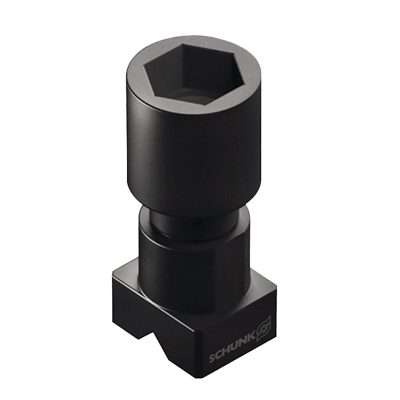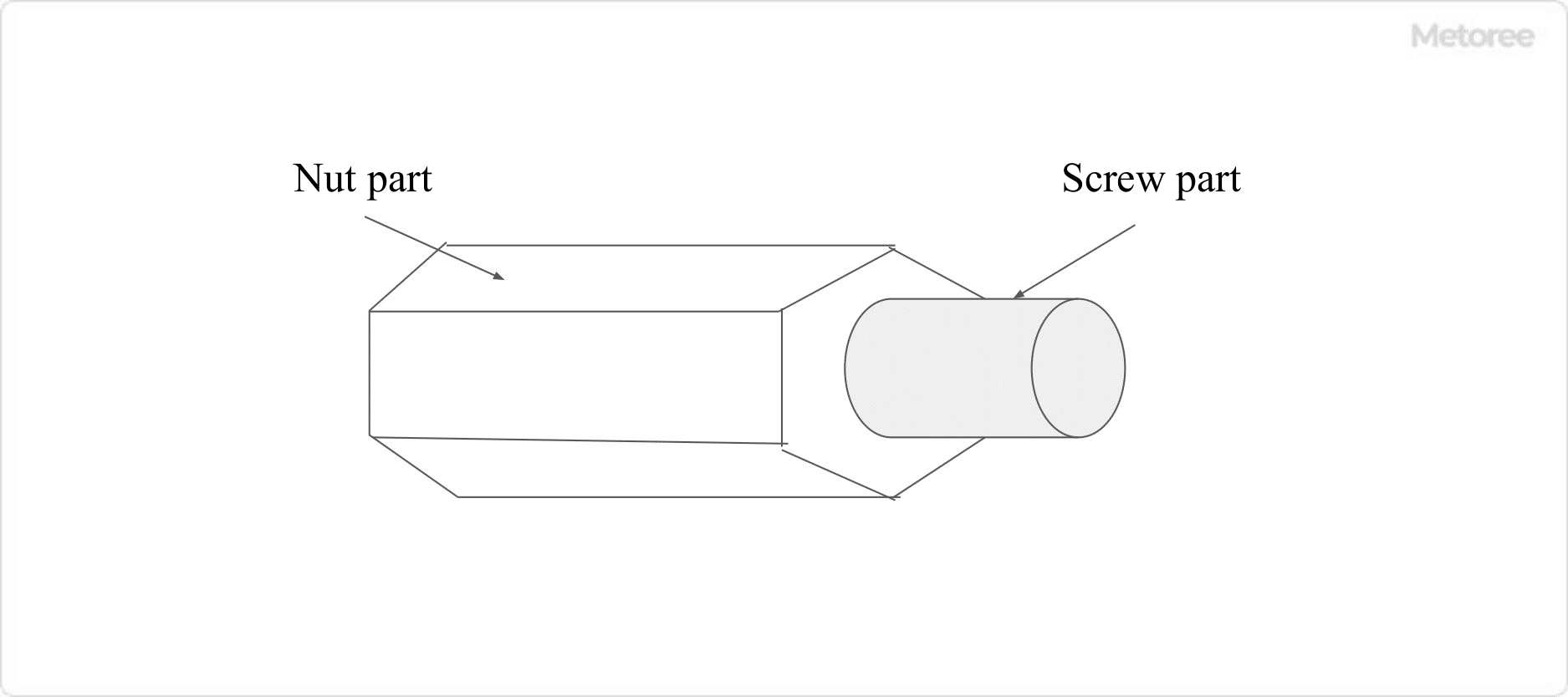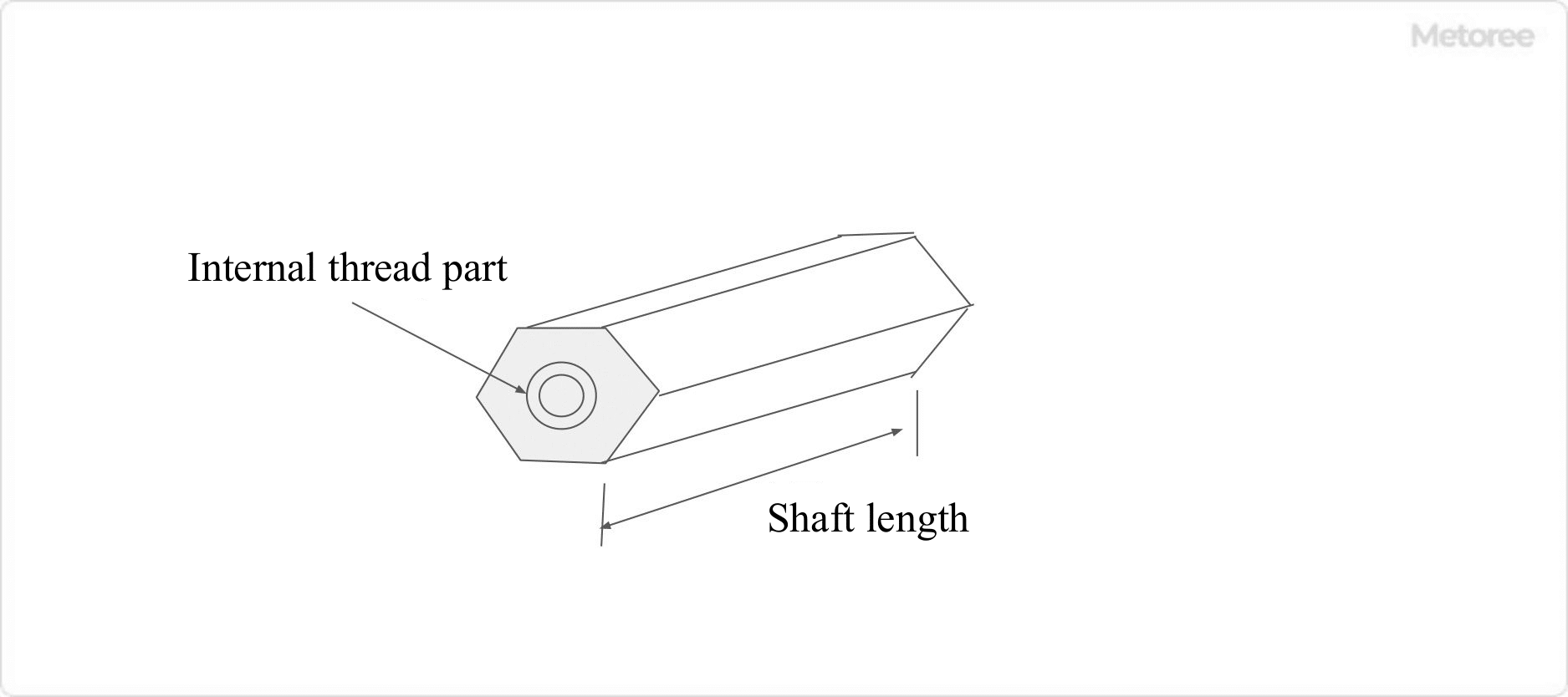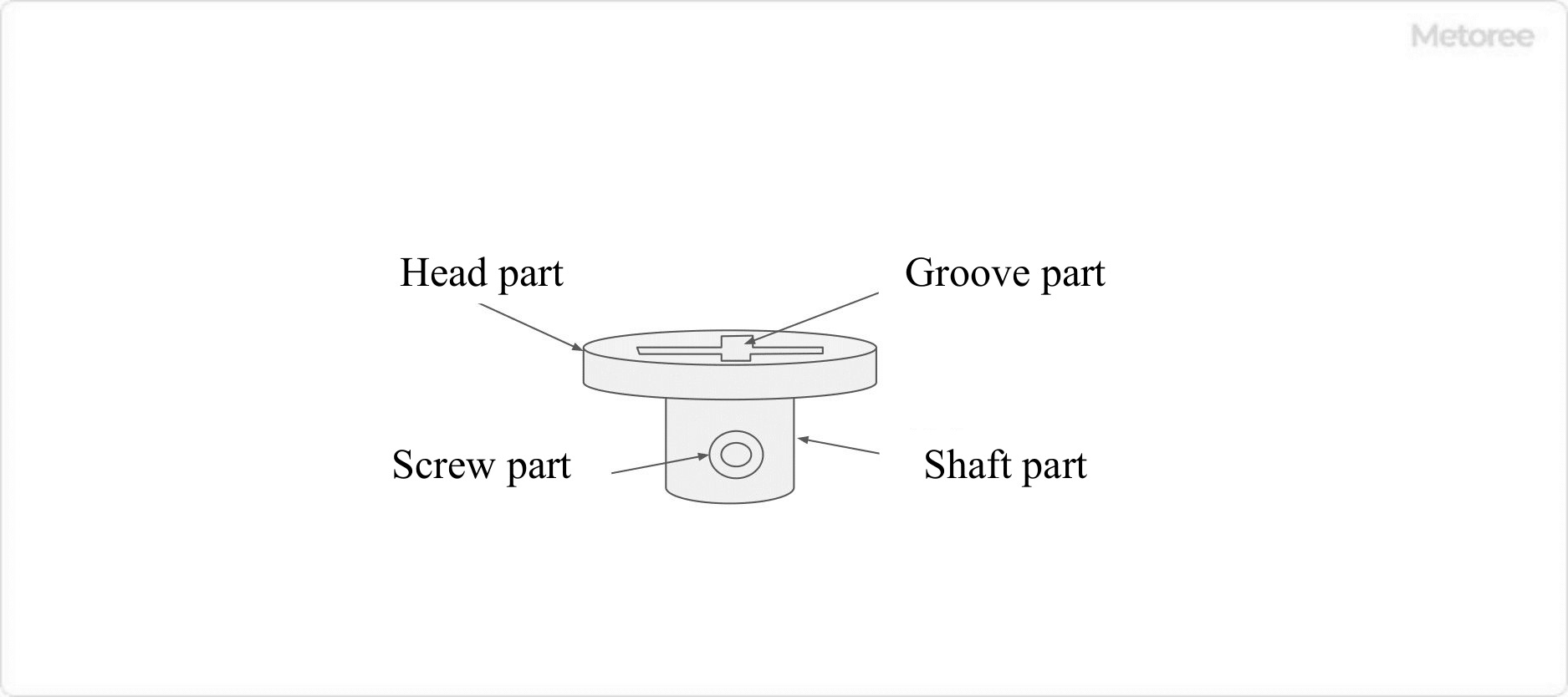What Is a Joint Nut?

A joint nut is a nut that joins two components together.
They are called by different names depending on their intended use. For example, a joint nut used for height is called a spacer nut. A joint nut used to connect two screws is called a joint nut. There are also joint nuts used in assembled furniture and boxes.
Both are types of joint nuts. The shape of a spacer nut or a joint nut looks like a vertically lengthened hexagonal nut that is often seen.
However, they are not standardized like hexagonal nuts. Nuts used for assembled furniture are T-shaped and consist of a flat head and a threaded shaft part.
Uses of Joint Nuts
Joint nuts are used to combine with appropriately sized screws or to fasten parts together. A specific product is the legs of a vending machine.
Joint nuts are used on the four corners of vending machine legs to create a gap underneath. When used in building materials, the purpose is to adjust the height of lighting and decorative items when they are suspended from the ceiling.
They may also be used within the fine electrical infrastructure inside the control panels of personal computers and various devices. T-shaped joint nuts can also be incorporated into wood to make furniture or boxes that can be assembled.
Principle of Joint Nuts
Joint nuts are machined with female threads at both ends and combined with the male threaded part of a bolt to allow for length and height adjustment. By changing the screwed-in dimensions of the threaded part, it is possible to adjust the height and length to keep the object to be assembled level or to achieve the required position.
It also has the ability to join and combine wood and other materials together.
Types of Joint Nuts
1. Spacer Nut

Figure 1. Structure of spacer nut
This nut acts as a prop to hold printed circuit boards and other components built into the control panels of PCs and various devices at a certain height. Most of them do not have a height adjustment function.
Most of them are relatively small, but some of the longer ones have threaded portions machined only at both ends and do not penetrate. Brass and stainless steel are used as materials.
2. Connecting Nut

Figure 2. Structure of connecting nut
These nuts are used to connect bolts to each other to make them a certain height or length. They come in a variety of sizes. Connecting nuts used as legs are usually thicker to withstand weight.
Also, those used as building materials to suspend lights and ornaments from the ceiling are long and thin. The threaded part is longer, and the height and length can be adjusted by adjusting the tightening depth of the bolt.
3. Joint Nut

Figure 3. Joint nut
This nut is embedded in wood to bolt boards together. It differs from other joint nuts in shape, with a flat head that is larger in diameter.
In addition to providing the dimensions for combining with wood, a groove is machined into the tip that can be turned with a screwdriver or hexagonal wrench. The shaft part is threaded, and a hole is drilled in the wood on the other side to match this part, so the two parts can be assembled with bolts.